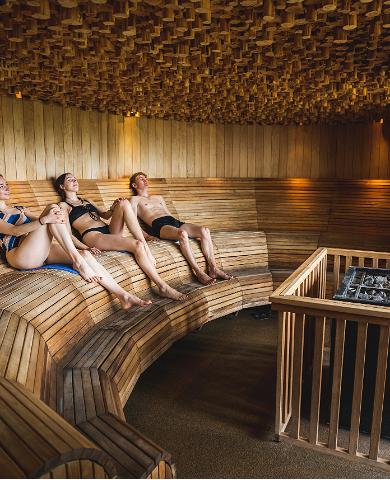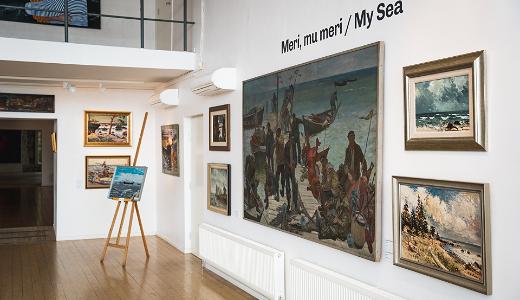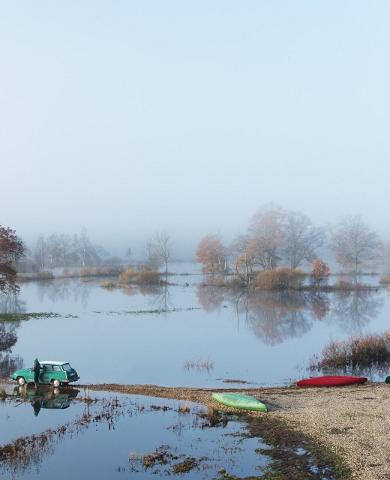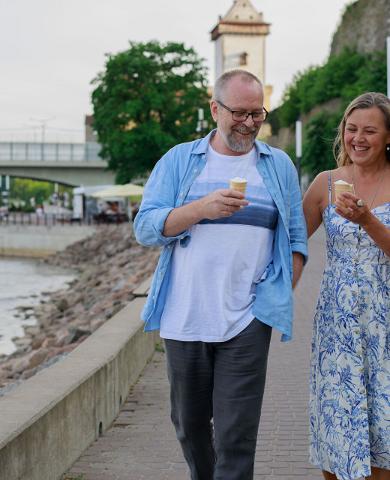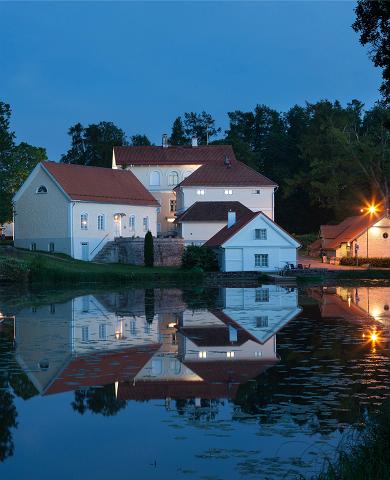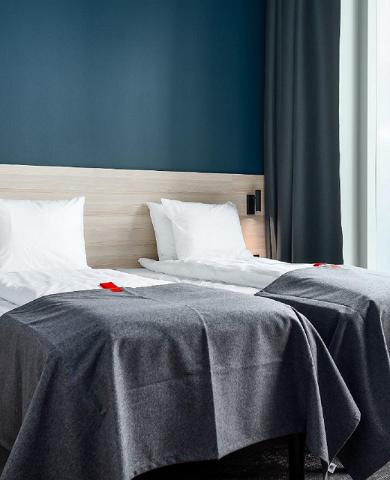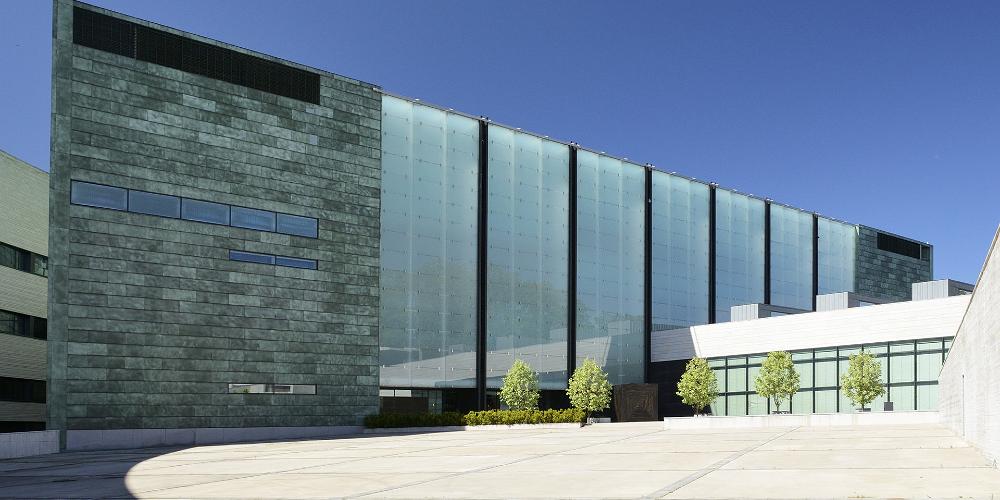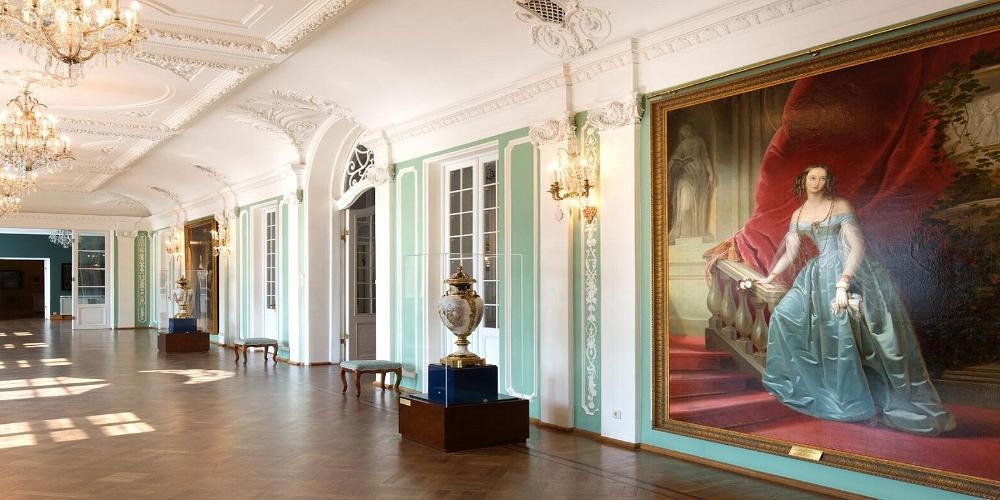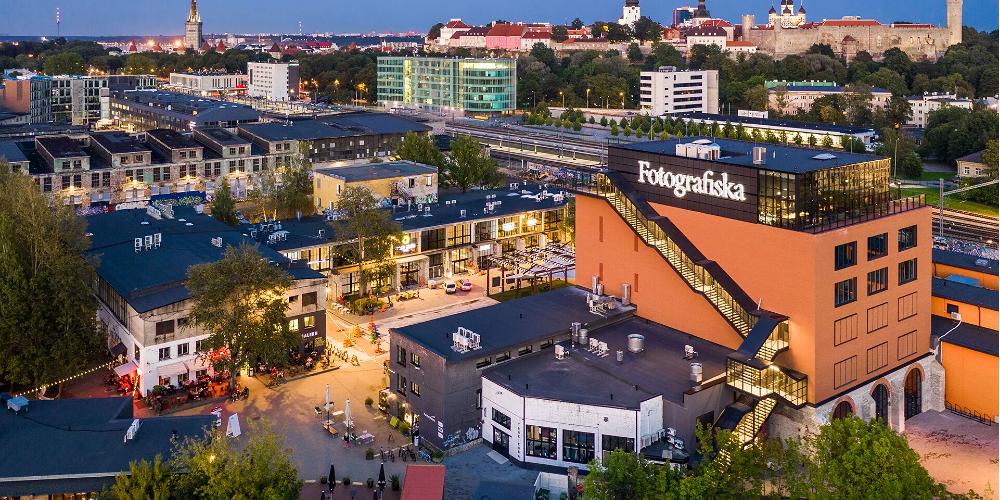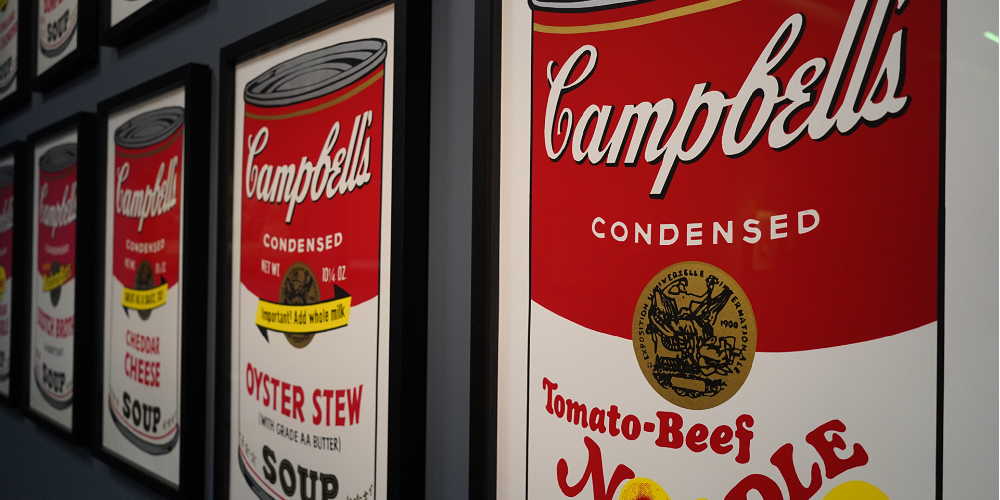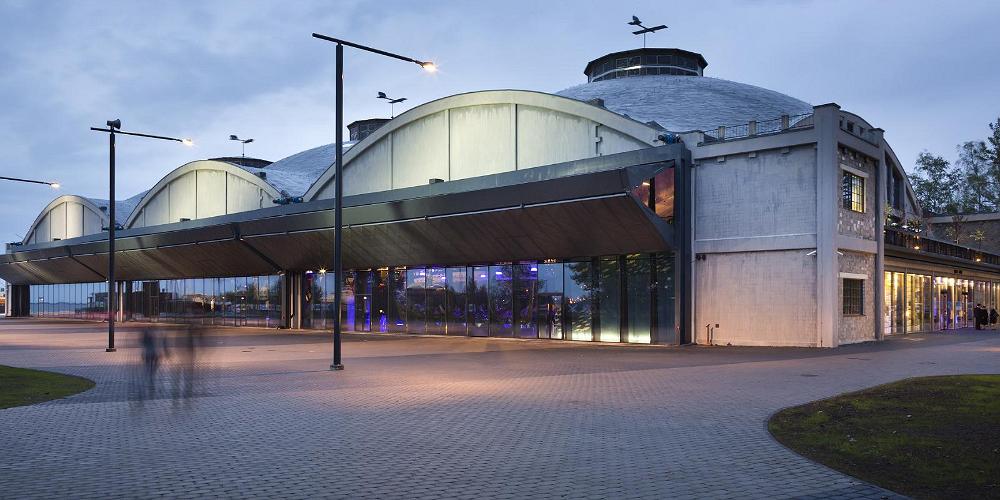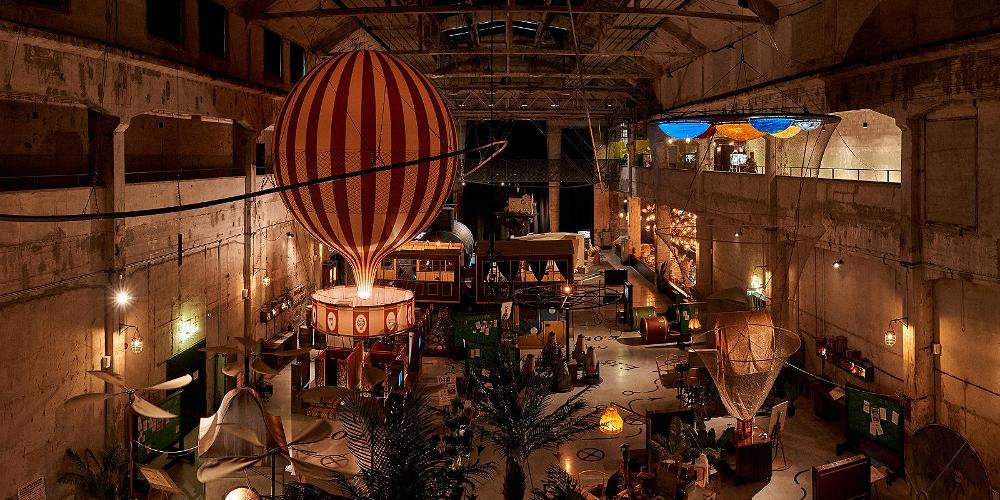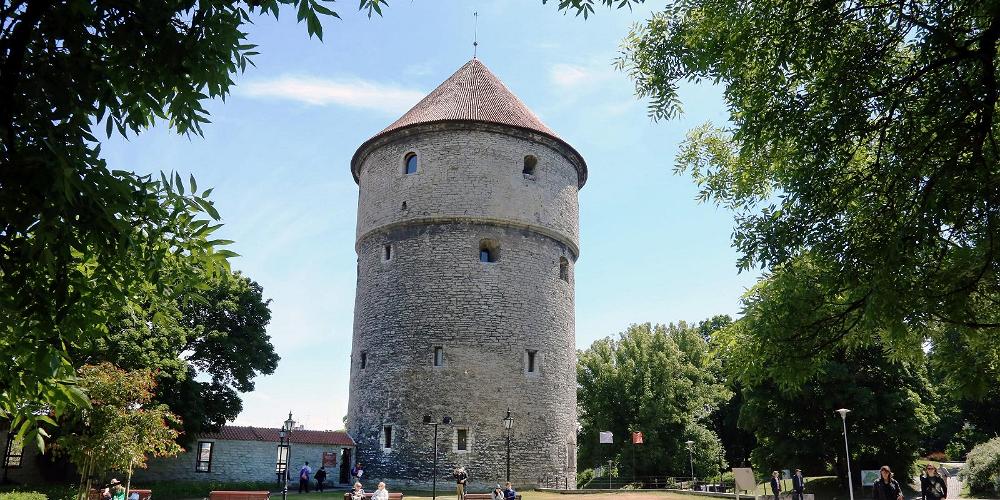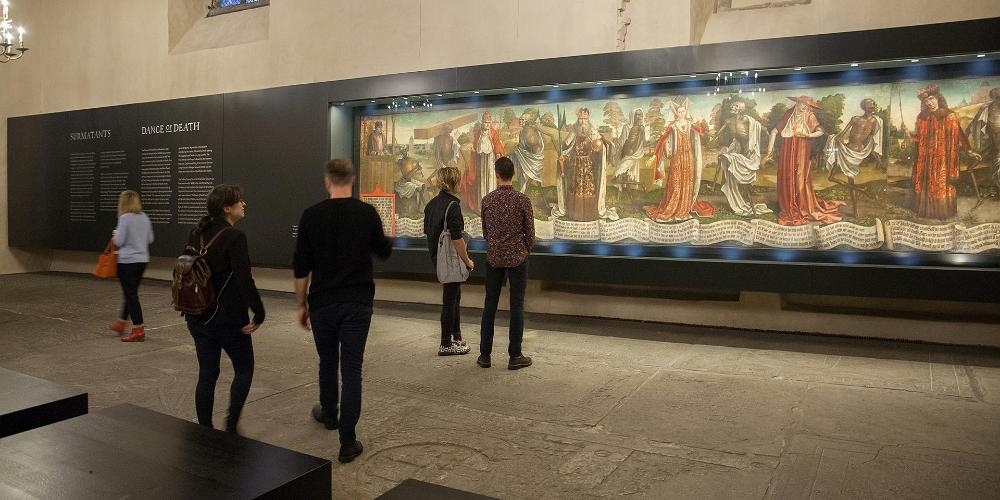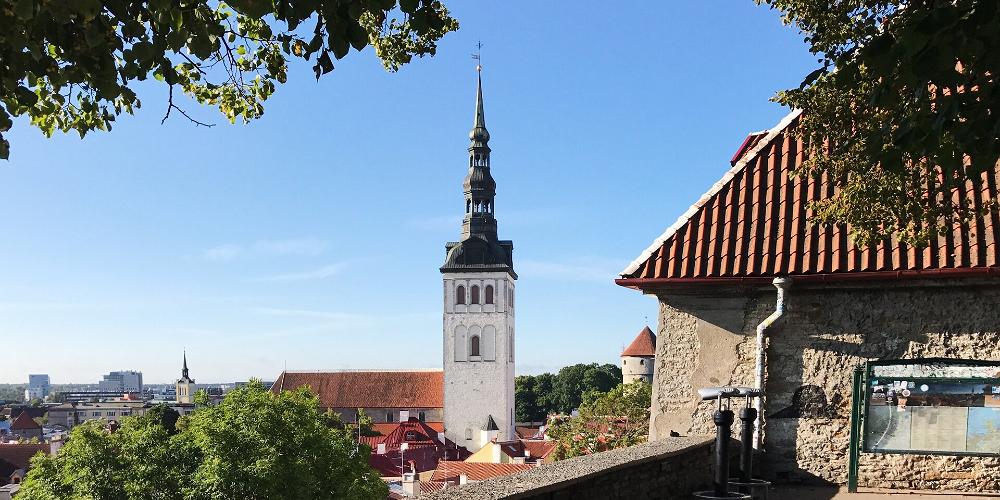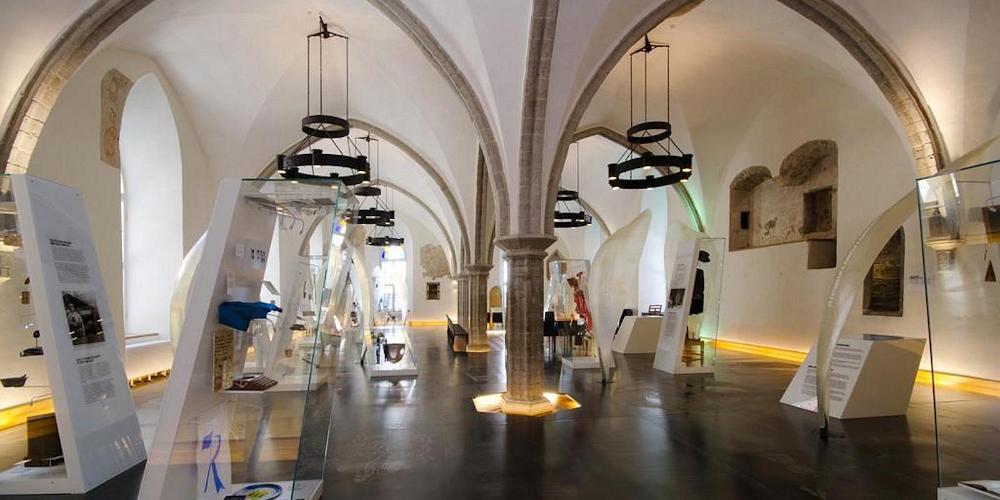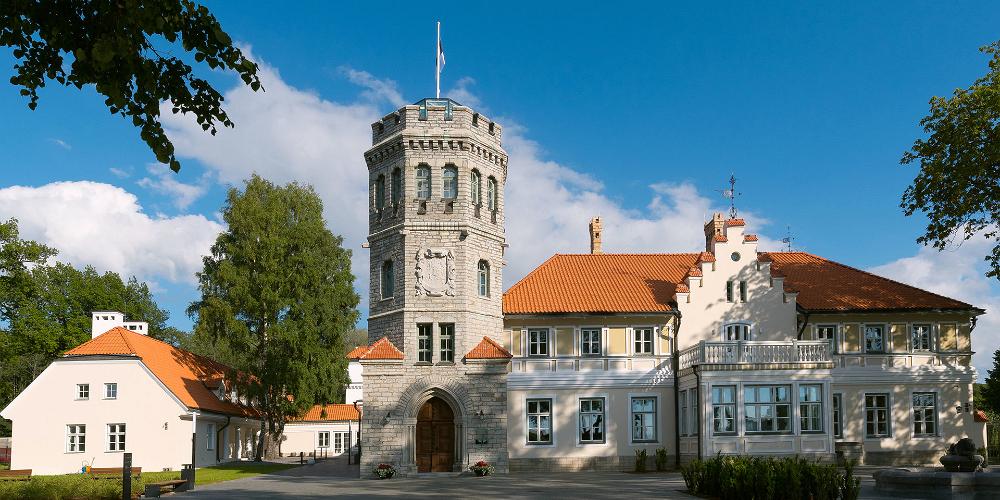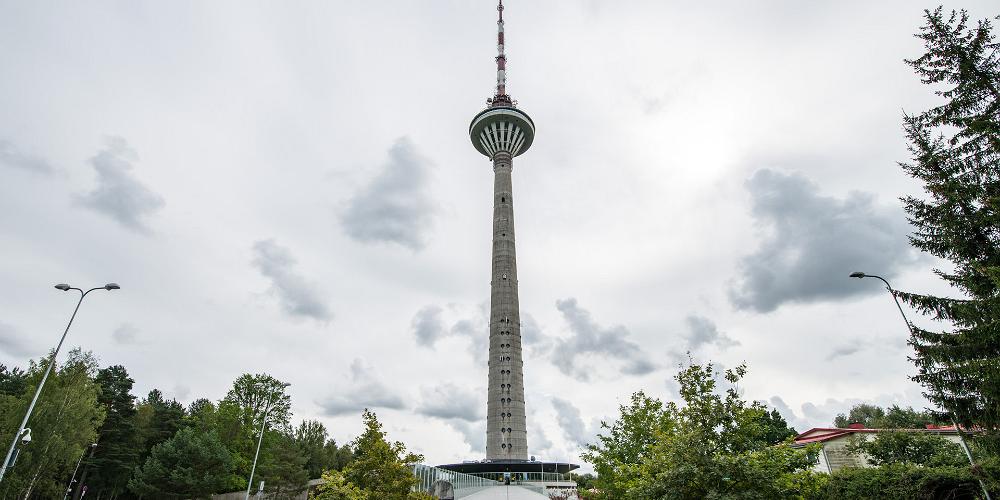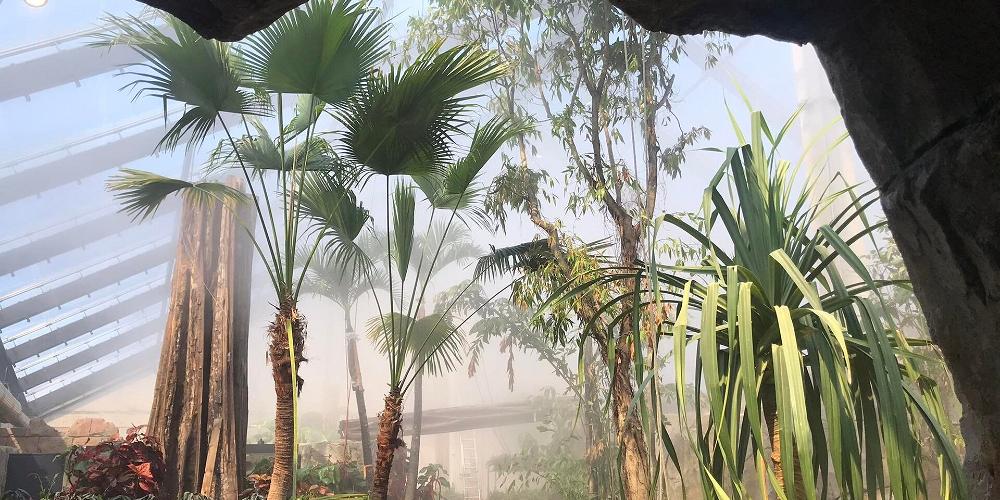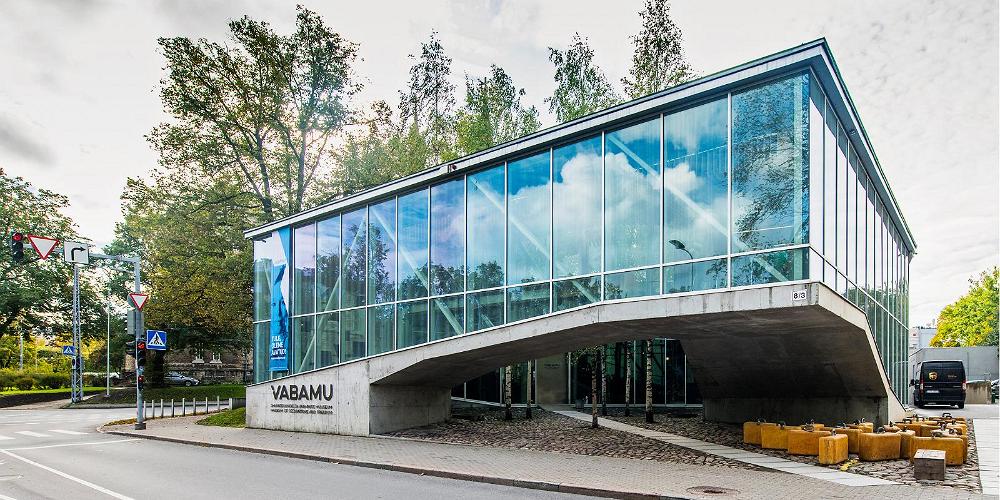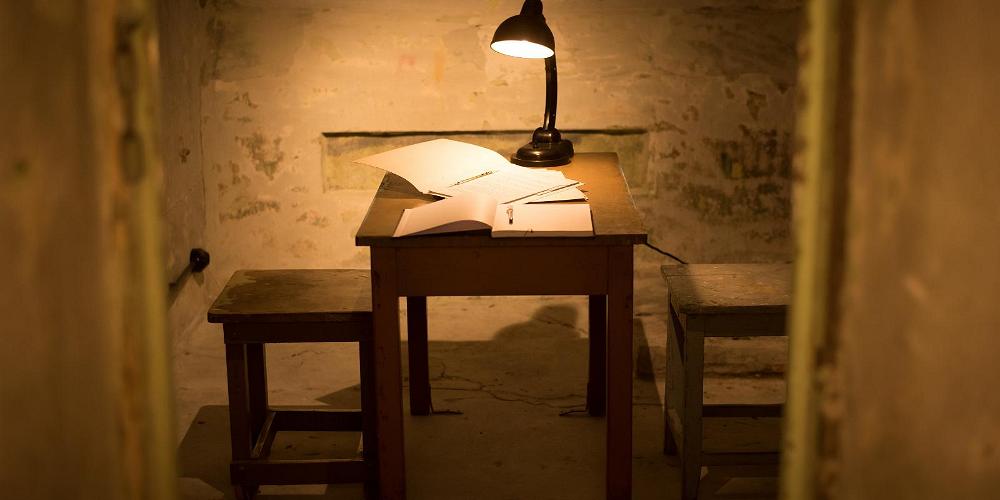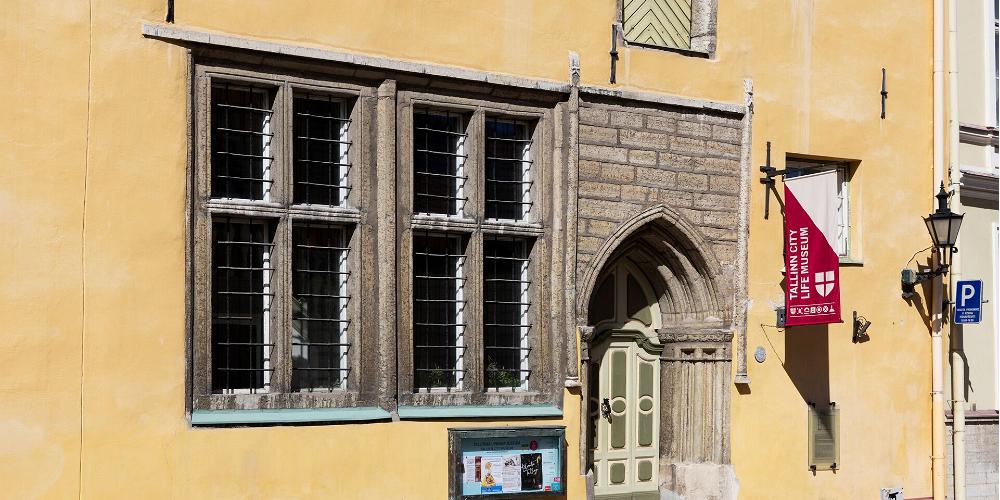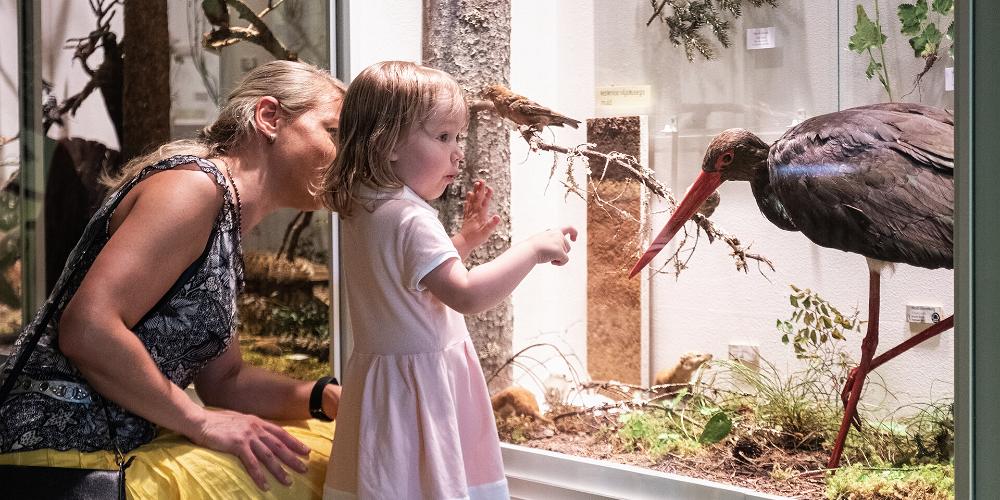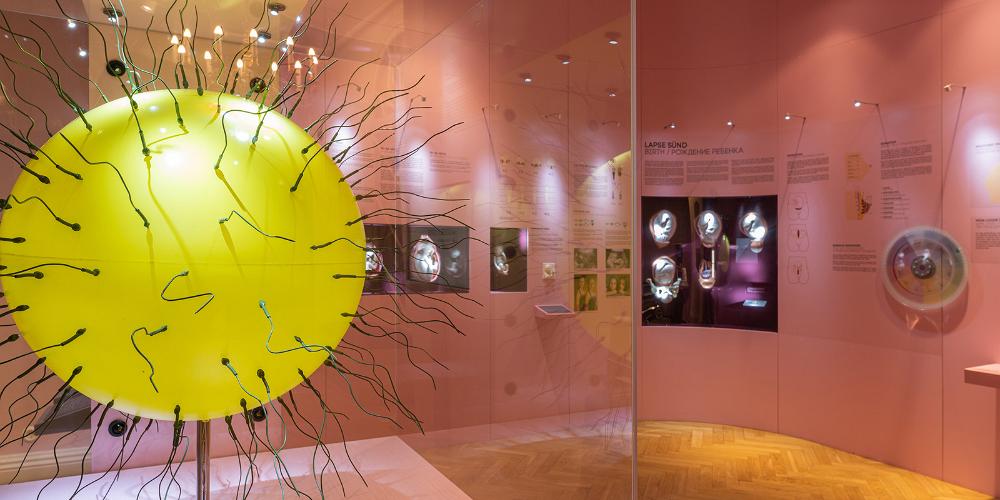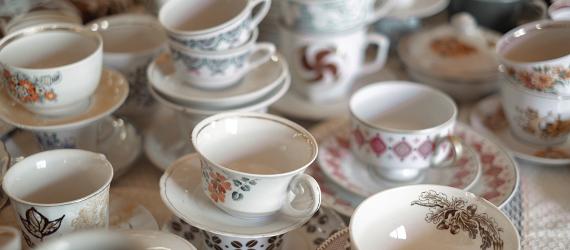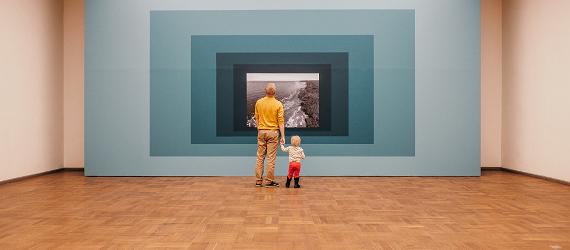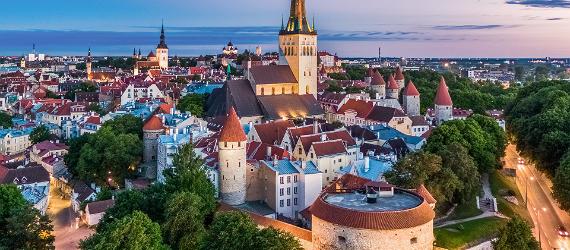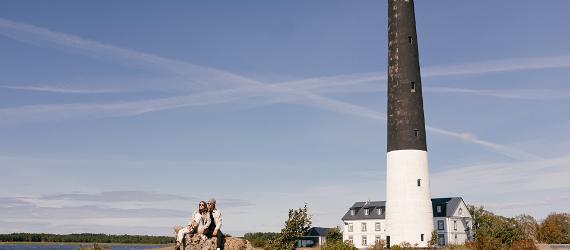From the medieval charm of Tallinn's Old Town to the contemporary allure of Kumu Art Museum, there is something for everyone in Estonia's capital city. Experience rural life at the Estonian Open Air Museum, dive into maritime history at the Seaplane Harbour Museum, and stroll through the enchanting rooms of Kadriorg Palace. Explore Estonia's cultural treasures with the help of a Museum Card. Valid for 12 months from the date it's first used, this card gives you access to over 100 museums around the country.
Kumu is the main building of the Art Museum of Estonia and the largest and most representative exhibition place in Estonia. The task of the Kumu Art Museum, opened in 2006, is to preserve and make sense of Estonian art from the 18th century to the present day. Kumu sees its role as a initiator of social and cultural debate, both in the exhibitions of art history and in the gallery of contemporary art, which is a source of new ideas for artists from Estonia and abroad. Kumu’s permanent exhibition introduces Estonian art from the beginning of the 18th century to 1991, and the temporary exhibitions also include international and contemporary art. See the Kumu calendar for events and exhibitions taking place there.
Read moreJust a 15-minute drive from the centre of Tallinn, you will find a wonderful place – the Estonian Open Air Museum, showcasing the country's rural architecture and way of life. The 14 farms in the museum provide an overview of how families from different strata of society lived in the 18–20th centuries. As you might expect to find in any proper village, there is a church, an inn, a schoolhouse, mills, a fire station, a shop, and fishing sheds by the sea. At the museum, you can buy handicrafts, ride horses, and try traditional Estonian dishes at the inn. The museum is open year-round, offering entertainment, lovely workshops and events, and something you, regardless of your age, might not have known before.
Read moreKadriorg Art Museum is the only museum in Estonia dedicated to early European and Russian art. In a Baroque palace built by Tsar Peter the Great of Russia as a summer residence, the museum houses and displays paintings, prints, and sculptures from Western Europe and Russia. Temporary exhibitions show the audience artistic treasures from internationally renowned museums as well as private collections. Besides exhibitions, the museum also organises various educational activities. The main hall of the palace, with its unique interior and acoustics, is a great venue for plays and concerts. The museum is also surrounded by a charming park.
Read moreFotografiska is a modern international photo museum where photography, art, and an open mindset meet. The destination where you can discover world-class photography, an inspiring program, fine-tuned flavour experiences and new points of view. Fotografiska creates dynamic and unique exhibitions that include various genres in an audience-engaging environment. There is something for everyone at our museum. Welcome!
Read morePoCo is a global museum of pop-art. The exhibition includes Warhol, Banksy, Koons, Lichtenstein, Haring, Hirst, Hockney, Basquiat, Kusama, Newton and other big names. Pop-art is a symbiosis of irony, social critique and mind games. Pop-art never ends, as politicians and societal pressures constantly create new opportunities for protest, irony and just plain fun. PoCo offers pop-art classics but always surprises with something new.
Read moreThe most exciting maritime museum in Europe is located in the Seaplane Harbour! About 200 authentic items are on display at the historical seaplane hangar: a submarine called Lembit, a century-old icebreaker Suur Tõll, a seaplane called Short 184, remains of the oldest ship found in Estonia, and much more. There is also cafe MARU and a museum shop. Globe-trotting in a submarine, having your picture taken in a navy uniform, an aquarium, simulators, throwing paper airplanes, a children's corner with drawing tools, building blocks, an authentic sailboat, and an outdoor playground – programmes and materials meant for independent visits are playful and broaden the horizon of children and adults alike. Seaplane Harbour, Estonian Maritime Museum is closed 01.01.2024- May 2024.
Read moreImagine driving the world’s first, car, locomotive, or hot air balloon, or walking on the seabed. Now, you can do it because PROTO Invention Factory, which is unique in Europe, is open! Only here, in the former secret submarine factory, you will see prototypes of incredible inventions come to life thanks to the latest technology. You will feel like you are in the laboratory of Jules Verne – this place is wilder than dreams! Want to create, invent, or fly? Come to PROTO – we have something for both younger and older visitors.
Read moreKiek in de Kök Fortification Museum forms a museum complex over 500 metres long that includes four towers: Kiek in de Kök, Maiden's Tower, Tallitorn Tower, and the Gate Tower of the Short Leg (Lühikese jala väravatorn). The fortification museum also includes mysterious underground bastion passages, which house the Carved Stone Museum. The Kiek in de Kök exhibition provides an overview of the warfare of the past. The bastion passages were built in the 17th–18th centuries. The exposition of the bastion passages introduces the history of the defensive structures and the most important military events. The bastion passages and the Carved Stone Museum can be explored with an audio guide, which we ask you to download to your phone beforehand. Note! From 1 November, the Kiek in de Kök tower will be closed for renovation. During the works, the rest of the Kiek in de Kök Fortifications Museum will remain open, including.
Read moreWelcome to the Museum and Visitor Centre of Fat Margaret! Listed on UNESCO's World Heritage List, the complex provides an overview of maritime trade, agencies, and navigation in the Middle Ages, as well as in the era of sailing, steam, and motor ships. There is a total of 1,000 m² of exhibition space. The star exhibit is the 700-year-old Koge wreck found in Kadriorg in 2015. There are about 70 ship models out of which 17 have been created especially for the exhibition, nearly 700 items, and 50 digital and hands-on solutions.
Read moreThe museum in the Niguliste Church, which was built in the 13th century, is one of the few museums housed in a sacral building. Enjoy ecclesiastical art in its historical context: here you will find medieval tombstones, unique altars and Tallinn's most famous artwork, a fragment of Bernt Notke's painting the Danse Macabre (the 'Dance of Death'). This more than five-hundred-year-old painting mediates the worldview of the Middle Ages but is still relevant today. The silver items from churches, guilds, and the Brotherhood of Blackheads exhibited in the Silver Chamber are especially valuable. A glass lift takes visitors to the church tower and skydeck, which offer a 360° view of the Old Town.
Read moreKohtuotsa viewing platform is on the northern side of Toompea hill. It provides excellent views over the red roofs and towering spires of the Old Town as well as of the gleaming highrise buildings in the new part of the city. In the background is the Gulf of Finland, the port and the Pirita district. Unforgettable views are guaranteed all year round, in all weather.
Read moreThe over-600-years-old dignified medieval Great Guild Hall has been one of the city's best-known places for organising cultural events and parties throughout the centuries. A cinema and a wine cellar have been operating here. Today, the building is one of the homes of the Estonian History Museum. Here you can enjoy a modern museum environment, exhibitions, concerts, themed evening, and organise various events. In 2014, the Great Guild Hall was one of the first to receive the European Heritage Label.
Read moreThe Estonian History Museum is located the summer estate with a colourful past, known as Maarjamäe Palace. On the 100th anniversary of the Republic of Estonia (in 2018), the renovated historical palace was opened as an immersive history centre with the updated permanent exhibition My Free Country. The exhibition takes visitors on a journey through 100 years, from the birth of the Republic of Estonia to the modern day. In the "Children's Republic," created as a part of the permanent exhibition, younger visitors can learn about the organisation of a democratic state through play. During the first half of the 17th century the palace served as a sugar factory. Later on, it functioned as a starch and spirits factory, and a modern hotel-restaurant.
Read moreWelcome to the Tallinn TV Tower's observation deck! At a height of 170 metres, you will be treated to one of the most magnificent views of the Estonian capital city. You can enjoy a captivating panoramic view that stretches further than the eye can see. You can observe the bustling city life, watch beautiful sunsets, and feel the wind. The TV Tower's observation deck is a true window to the past and the present day. Today, the TV Tower has three main functions: to provide nationwide communication, to offer traditional Estonian flavours in a modern restaurant and to provide experiences. Tallinn TV Tower offers a picturesque view all year round, no matter the weather!
Read moreTallinn Zoo has the most exciting collection of animals out of all the Nordic countries! It is home to giant elephants and rhinos, dangerous predators, monkeys, polar bears, and many other exotic species. The Tallinn Zoo also has one of the best exhibits of ibexes and mountain sheep in the world. By visiting the Tallinn Zoo, you support species conservation activities. By purchasing a donation ticket, visitors can support the protection of the endangered Sumatran rhino and the endangered small cat species – the manul – in the wild. The zoo is open every day!
Read moreWe tell the story of Estonia and Estonians through personal memories and the moving stories of grandmothers and grandfathers. On your journey through the museum, you will be accompanied by an e-guide in either Estonian, Russian, English, Finnish, German, French, or Spanish, which will lead you on an inclusive and reflective journey along the trails of the recent past. The e-guide is included in the ticket price. In addition, Vabamu has an engaging family level specifically designed for children with a smart family e-guide. The exhibition is accessible to people with hearing, visual, and mobility impairments.
Read moreOne of the most notorious and feared pre-trial prisons operated in the basement of the building at 1 Pagari Street during the Soviet occupation. The former KGB prison cells are now open to the public. Built in 1912, the building has had a remarkable role in the recent history of Estonia. Arrested Estonian politicians, civil servants, intellectuals, veterans of the War of Independence, as well as ordinary people were beaten and tortured there. Many were then sentenced to death or imprisonment. The prison cells built in the basement have remained a symbol of communist terror to this day. Visitors can explore the basement comprised of two corridors, six prison cells, and a cell for punishment.
Read moreWe introduce the history of the city from its establishment to this day. The cellars of the medieval merchant house stores ceramics, porcelain, and metal. The top floors host exhibitions on the history of the city. The rococo style party room introduced the luxury items and portraits of aldermen and wealthy townspeople. The annual exhibition 'One Hundred Years of Daily Life' introduces the century in terms of everyday life and shows how life and the city have changed. When booked beforehand, we organise tours in Estonian, Russian, English, Finnish, and German. Tallinn City Life Museum opened the first virtual exhibition in Estonia on the Google Arts & Culture platform, allowing users to explore the museum.
Read moreIn the Estonian Museum of Natural History, the Estonian nature is at your fingertips! Various things to explore and view are spread across three floors! Watch an exciting animation about the life of the Baltic Sea, an exhibition about the Siberian flying squirrel and the mysterious works of Peter Laurits. Take full advantage of our web-based audio guide, which you can listen to on your phone or tablet using a web browser (there is no need to download anything). The audio guide is available in Estonian, English and Russian. Organise your child's birthday party or a gathering with colleagues at our place. See more details on our homepage. A museum full of nature in the Tallinn Old Town awaits you!
Read moreThe Estonian Health Museum is located in two medieval buildings in the Old Town of Tallinn. The unique atmosphere and visiting conditions are perfect for framing the modern permanent exhibition about anatomy and health ‘A Heart to Heart About Your Body’. Interesting exhibitions and a diverse educational programme will help you get to know your body better and encourage you to take care of your health. The museum offers: - more than 15 exciting themed rooms - rotating annual exhibitions; - explanatory guided tours; - museum lessons for children and adults; - a birthday programme; - rental of premises for special events. The museum will help you gain knowledge and act with care. Welcome!
Read more


